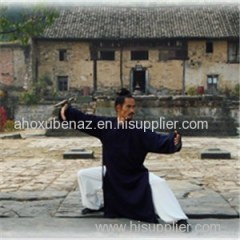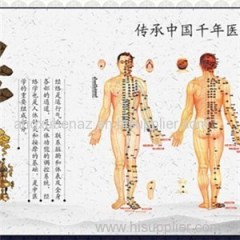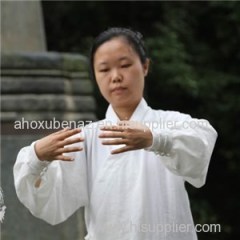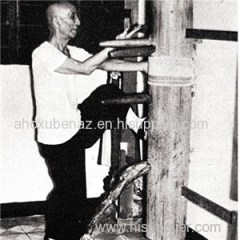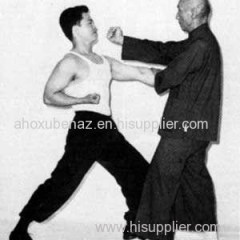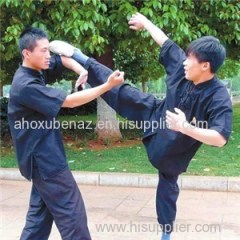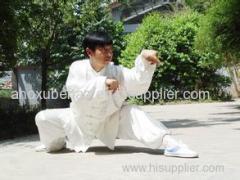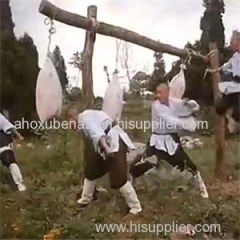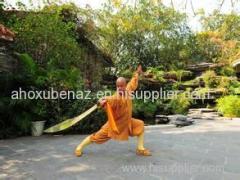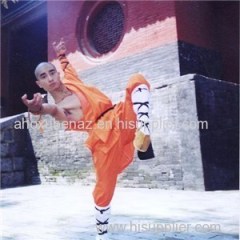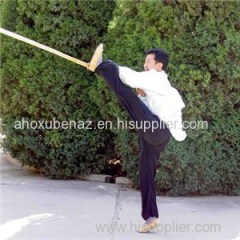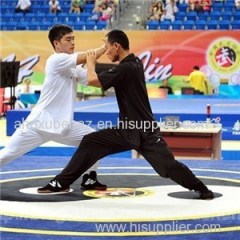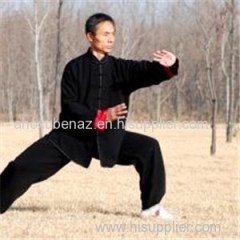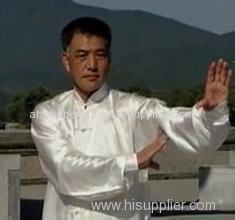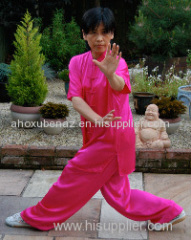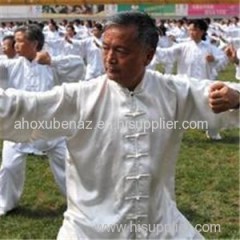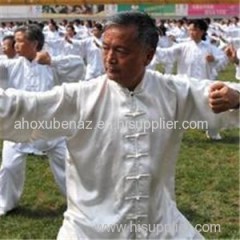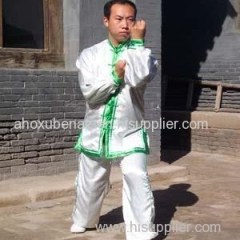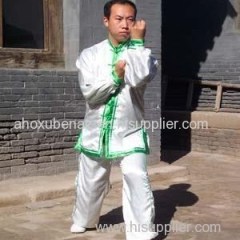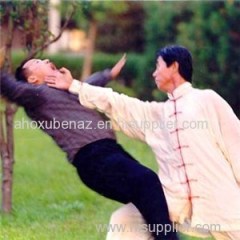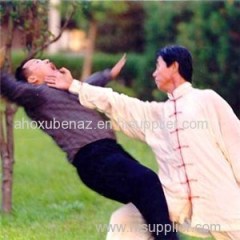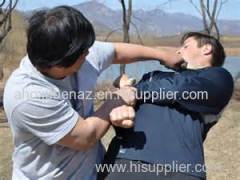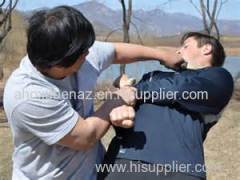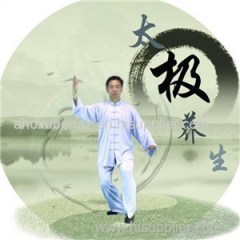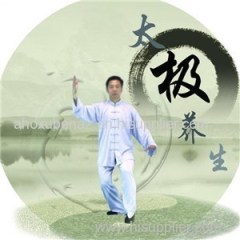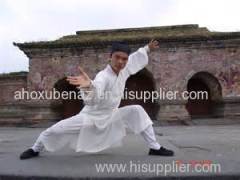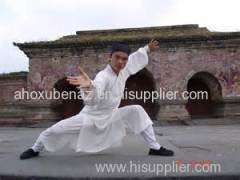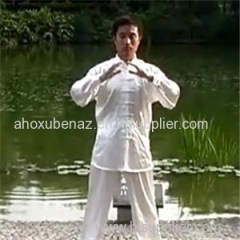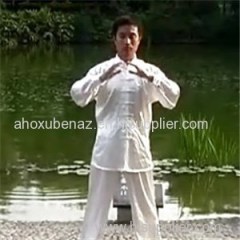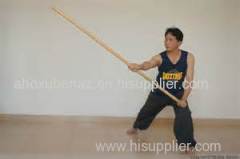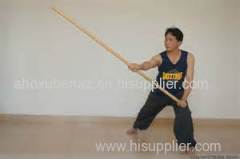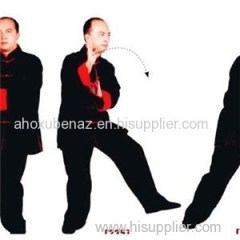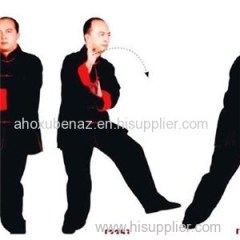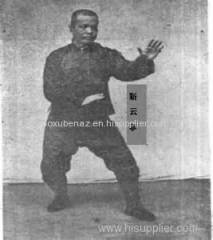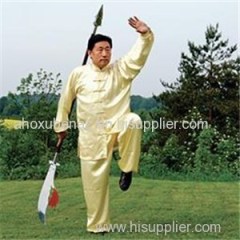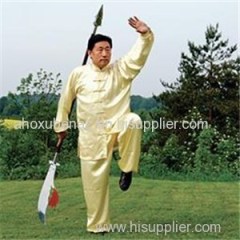|
Kunlun International Martial Arts Academy
|
Taichi Pushing Hand Product Product Product
| Place of Origin: | , China (Mainland) |
|
|
|
| Add to My Favorites | |
| HiSupplier Escrow |
Product Detail
Taichi Pushing Hand,Taichi Kungfu
T'ai chi ch'uan's martial aspect relies on sensitivity to the opponent's movements and centre of gravity dictating appropriate responses. Effectively affecting or "capturing" the opponent's centre of gravity immediately upon contact, is trained as the primary goal of the martial t'ai chi ch'uan student.[8] The sensitivity needed to capture the centre is acquired over thousands of hours of first yin (slow, repetitive, meditative, low-impact) and then later adding yang("realistic," active, fast, high-impact) martial training through taolu ("forms"), tuishou ("pushing hands"), andsanshou ("sparring"). T'ai chi ch'uan trains in three basic ranges: close, medium and long, and then everything in between. Pushes and open-hand strikes are more common than punches, and kicks are usually to the legs and lower torso, never higher than the hip, depending on style. The fingers, fists, palms, sides of the hands, wrists, forearms, elbows, shoulders, back, hips, knees, and feet are commonly used to strike, with strikes to the eyes, throat, heart, groin, and other acupressure points trained by advanced students. Chin na, which are joint traps, locks, and breaks are also used. Most t'ai chi ch'uan teachers expect their students to thoroughly learn defensive or neutralizing skills first, and a student will have to demonstrate proficiency with them before offensive skills will be extensively trained.In addition to the physical form, martial t'ai chi ch'uan schools also focus on how the energy of a strike affects the other person. A palm strike that looks to have the same movement may be performed in such a way that it has a completely different effect on the target's body. A palm strike that could simply push the opponent backward, could instead be focused in such a way as to lift the opponent vertically off the ground, breaking his/her centre of gravity; or that it could terminate the force of the strike within the other person's body with the intent of causing internal damage.Most aspects of a trainee's t'ai chi ch'uan development are meant to be covered within the partnered practice oftuishou, and so, sanshou ("sparring") is not as commonly used as a method of training, but more advanced students sometimes do practice by sanshou.Sanshou is more common to tournaments such as wushu tournaments.


